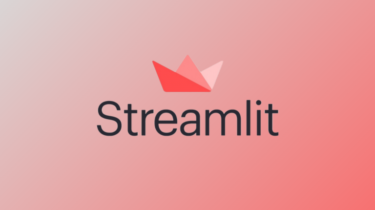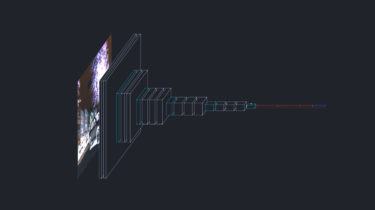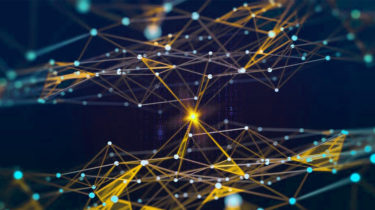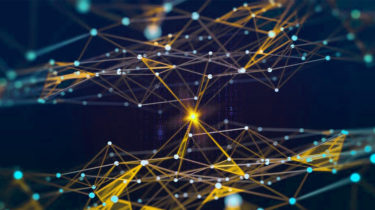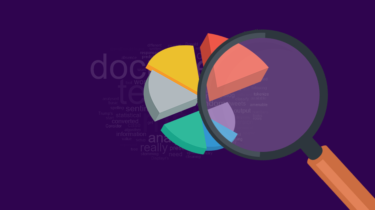Streamlit Web API for NLP: Tweet Sentiment Analysis
This article was published as a part of the Data Science Blogathon. Introduction Developing Web Apps for data models has always been a hectic task for non-web developers. For developing Web API we need to make the front end as well as back end platform. That is not an easy task. But then python comes to the rescue with its very fascinating frameworks like Streamlit, Flassger, FastAPI. These frameworks help us to build web APIs very elegantly, without worrying about […]
Read more